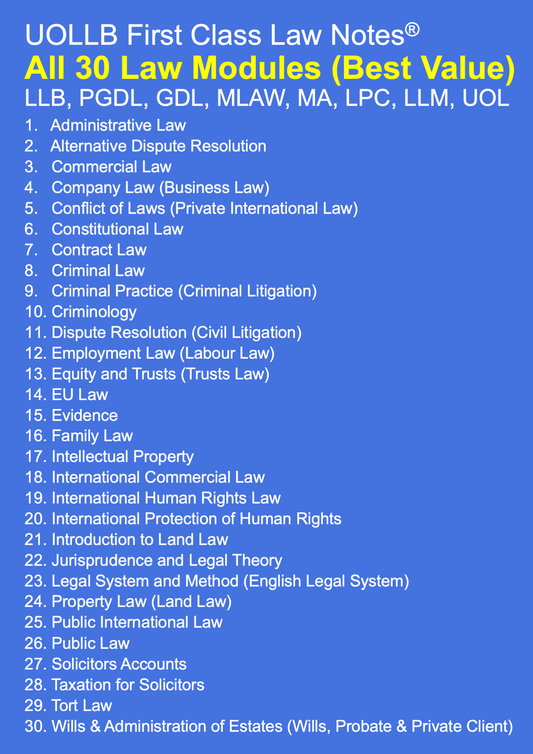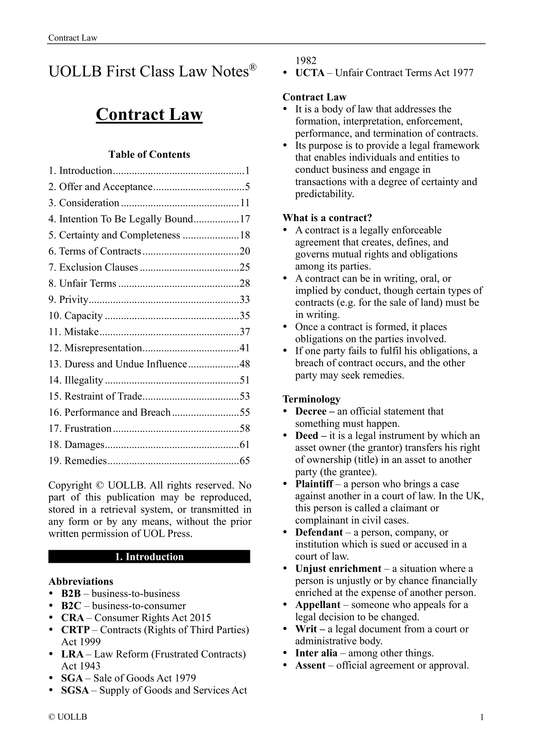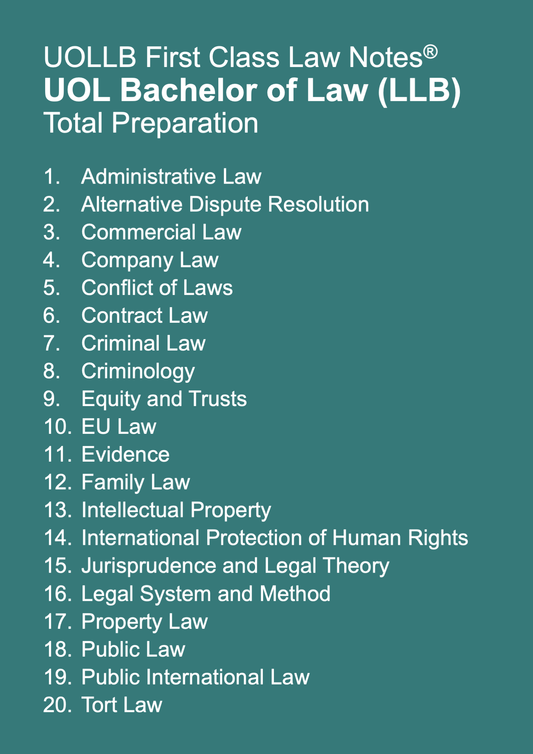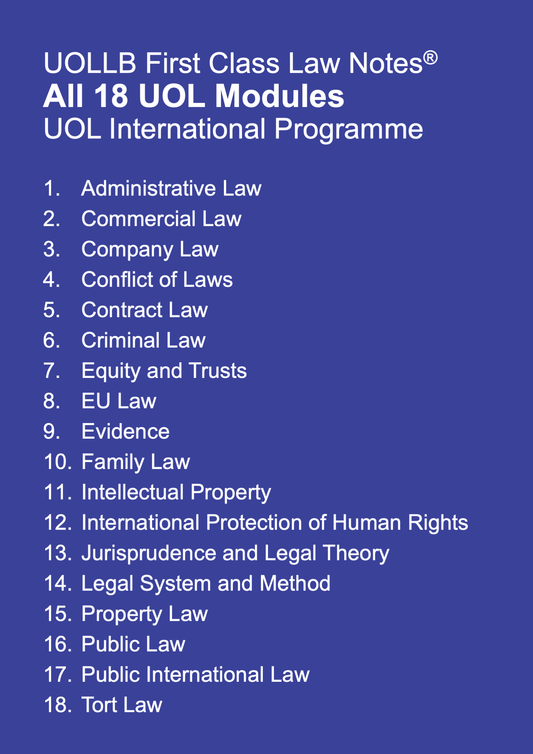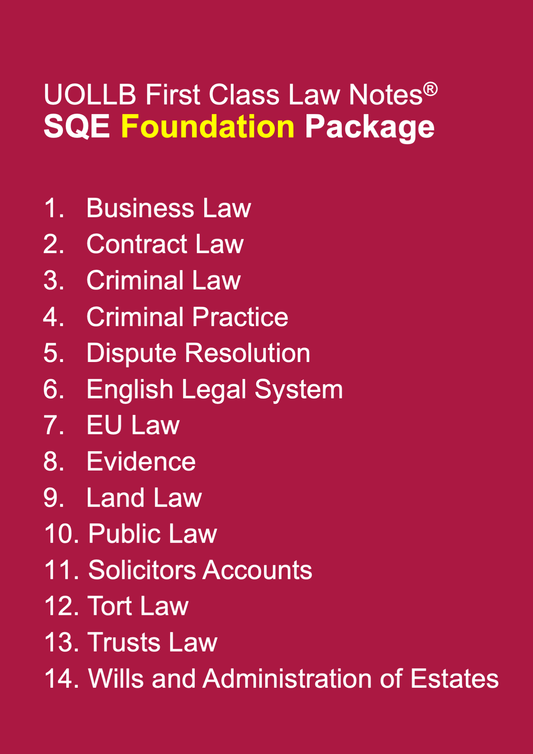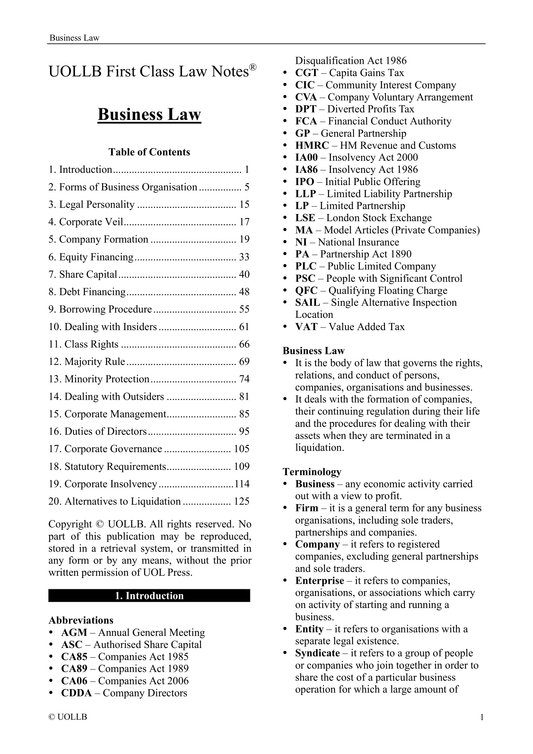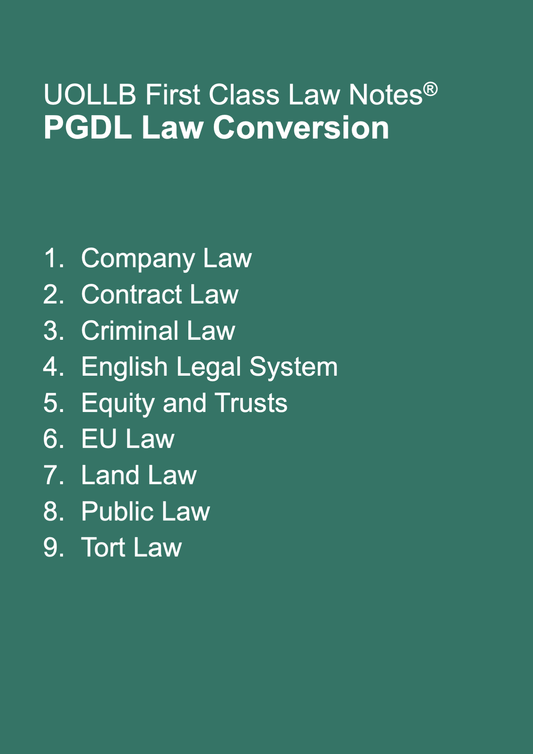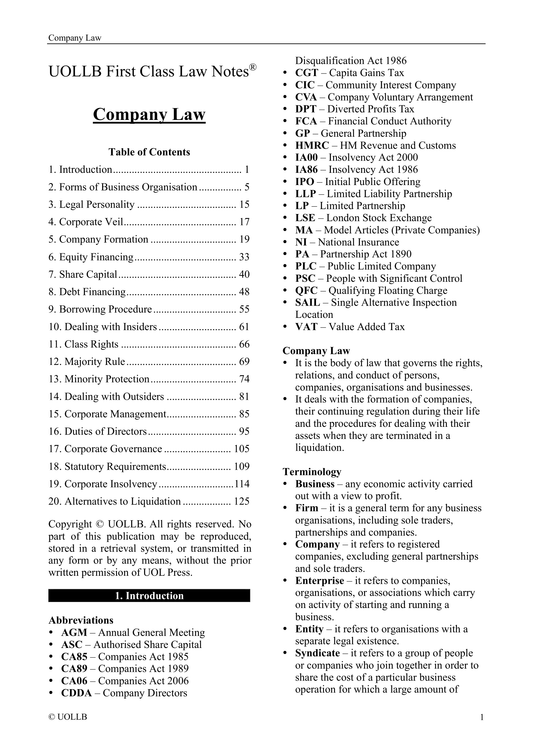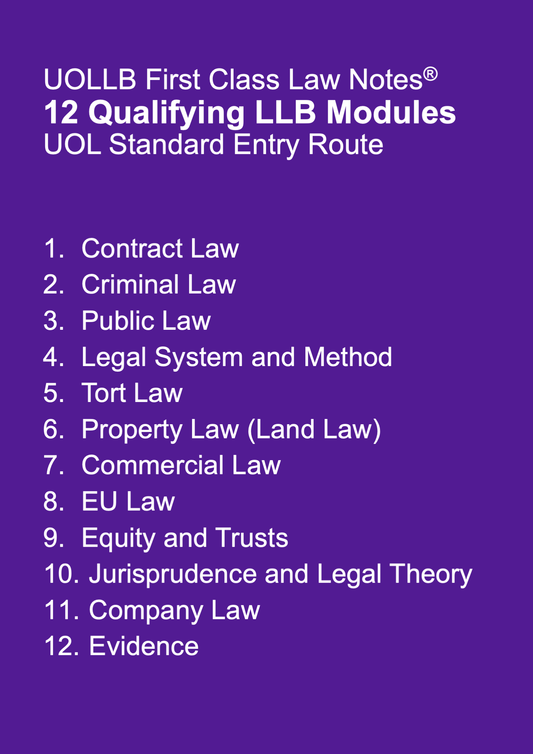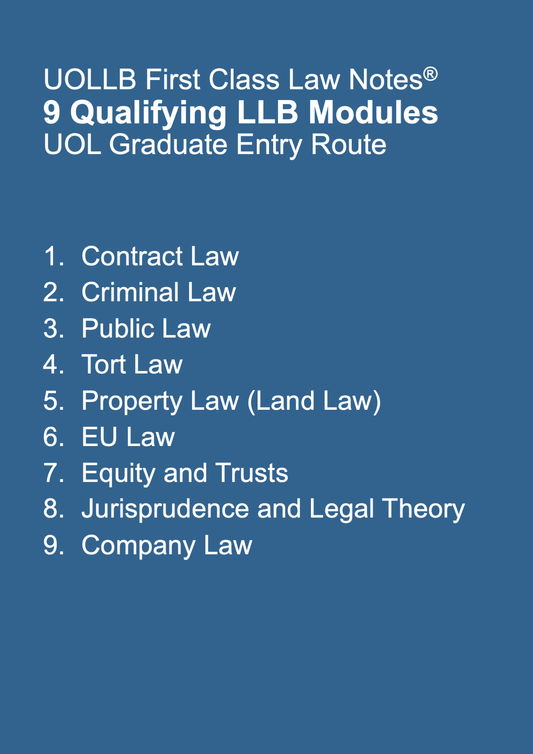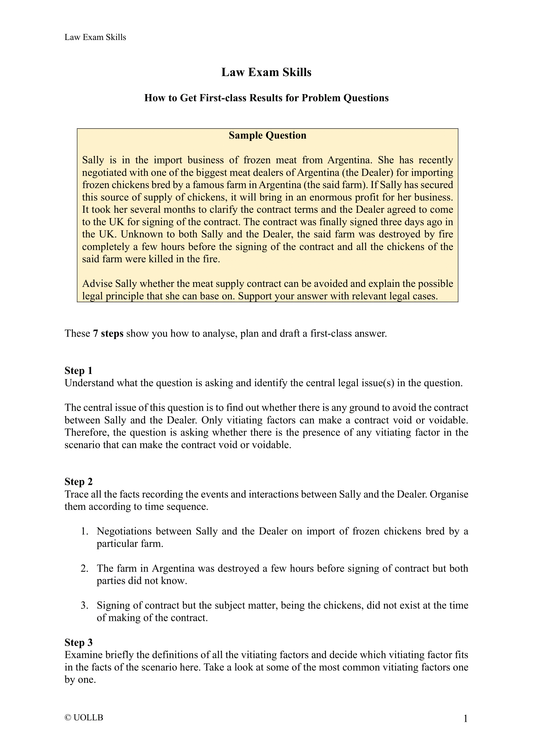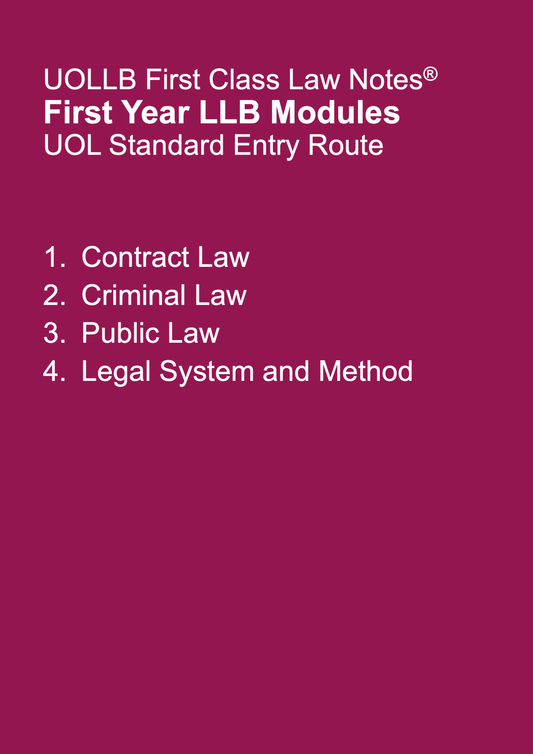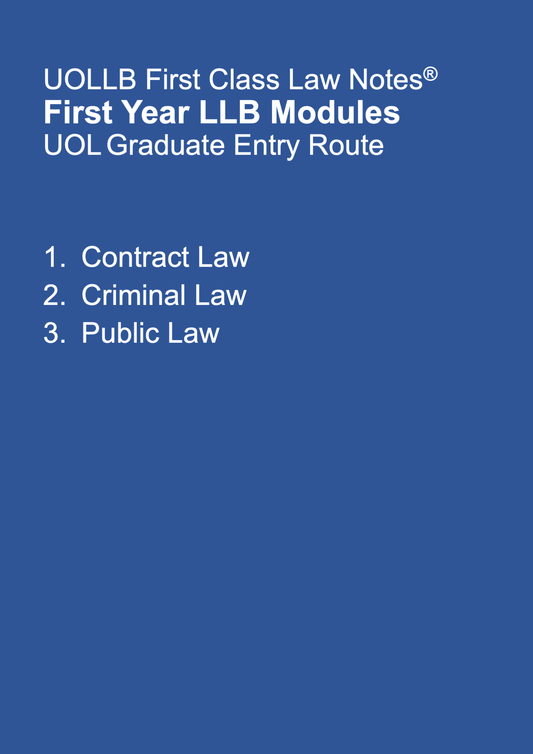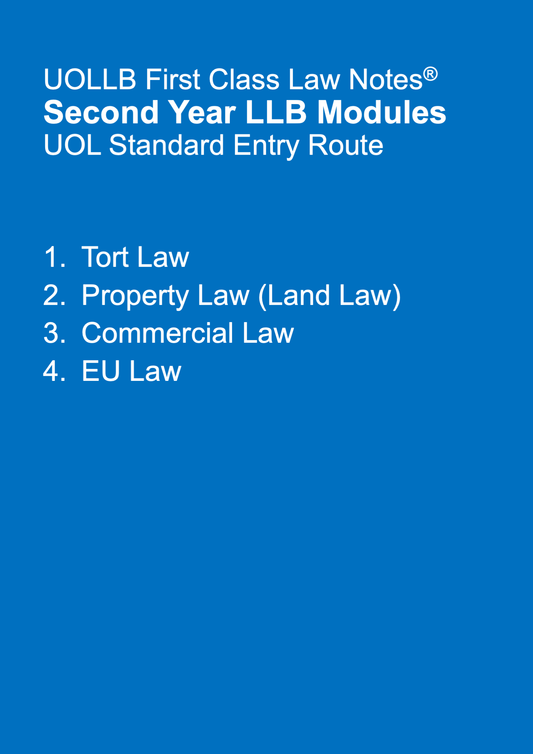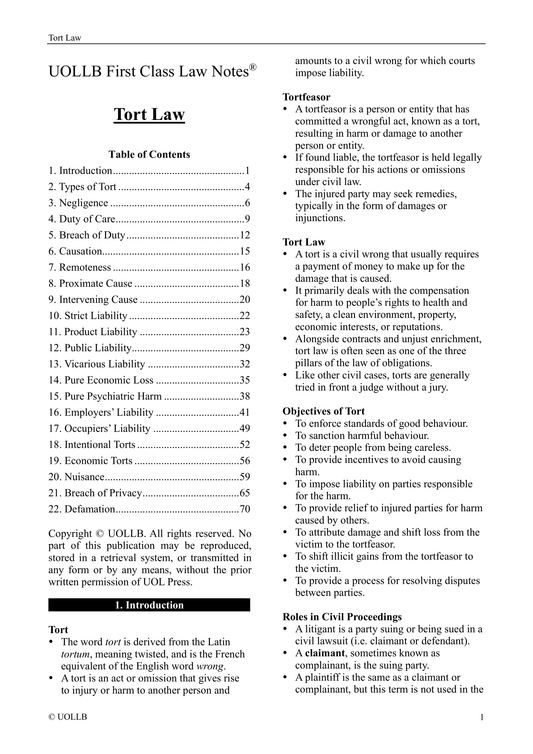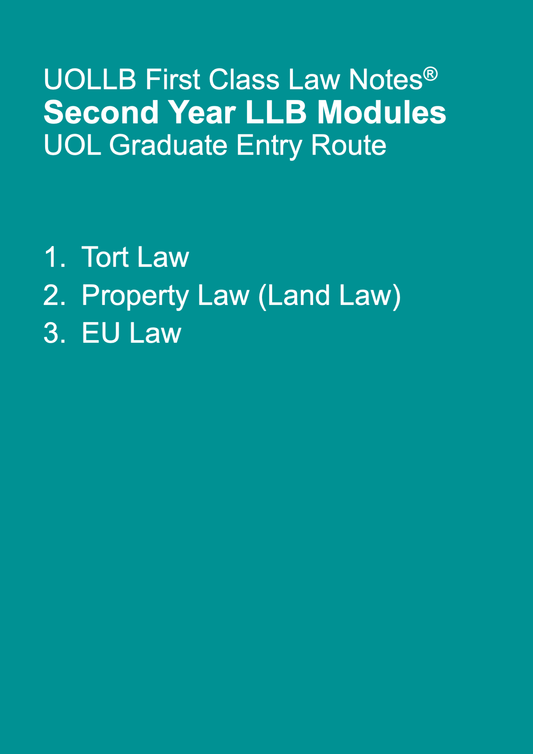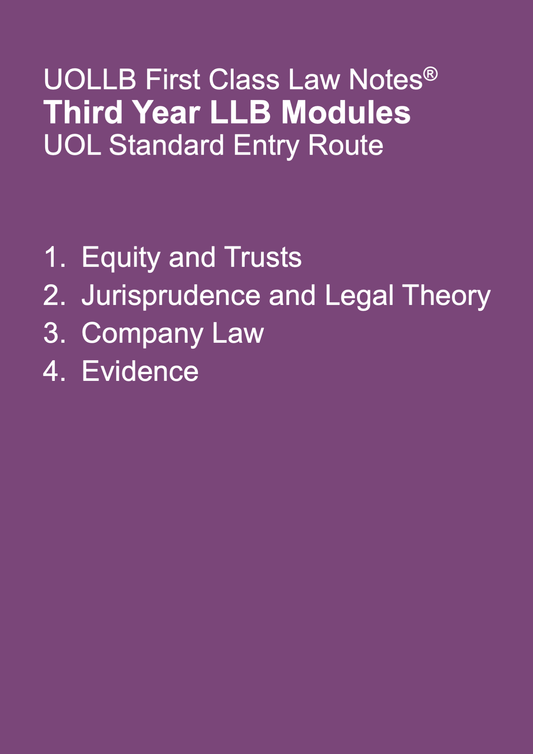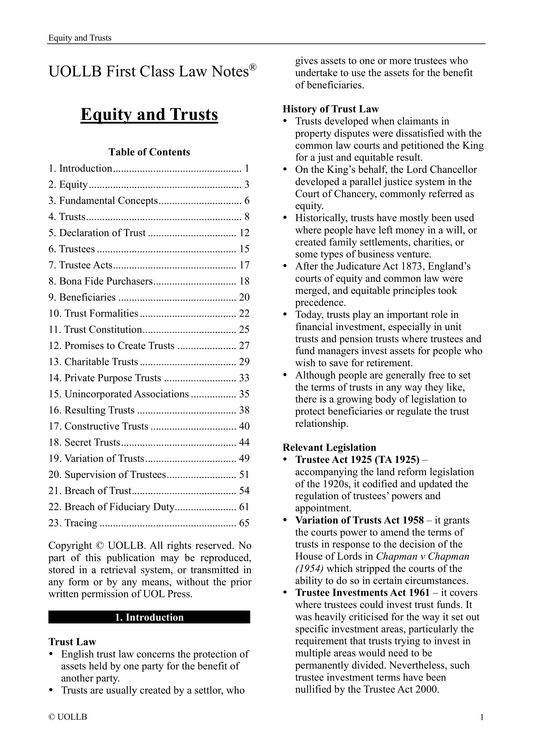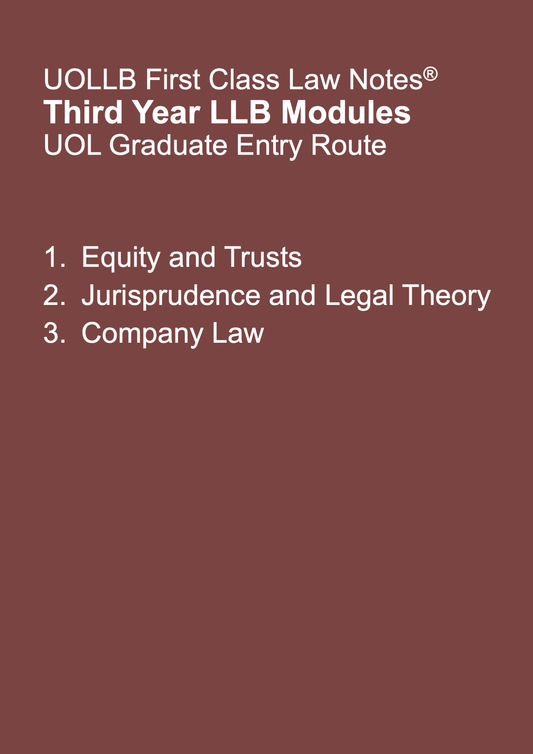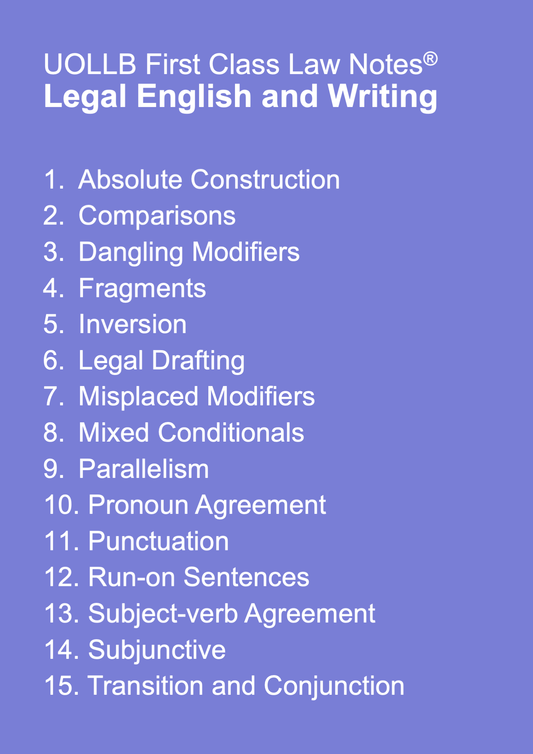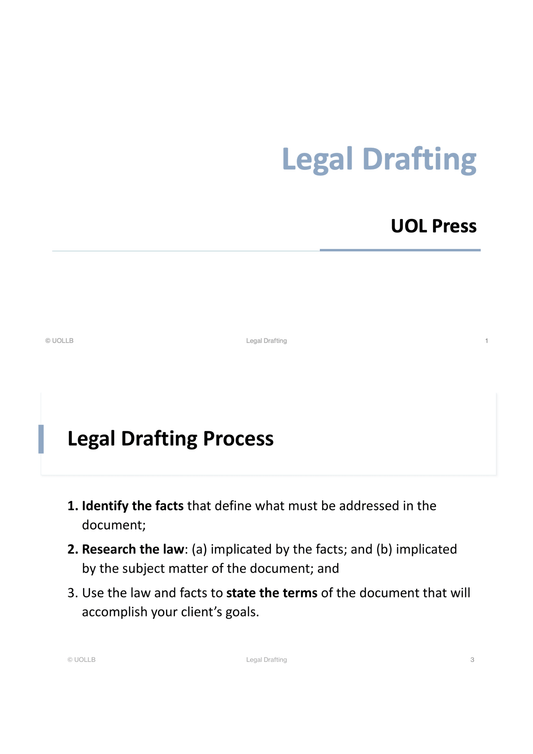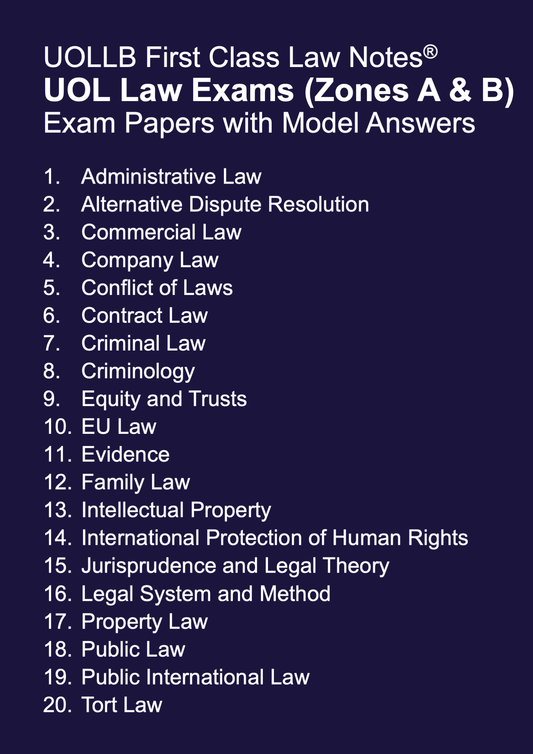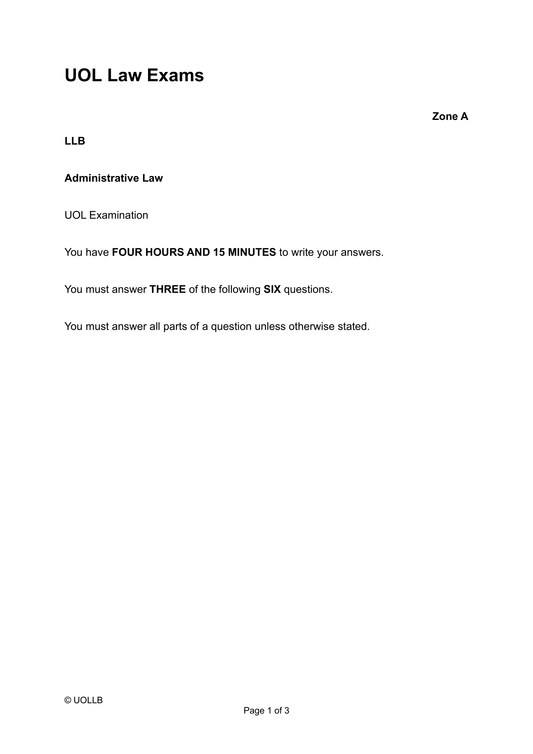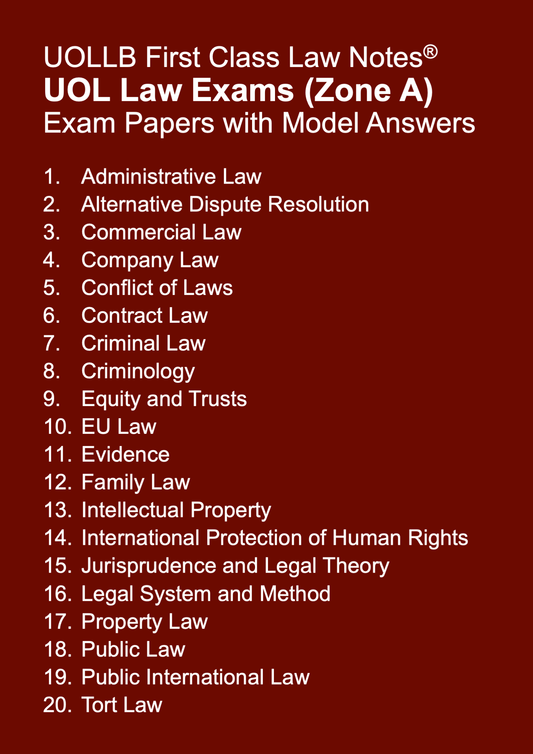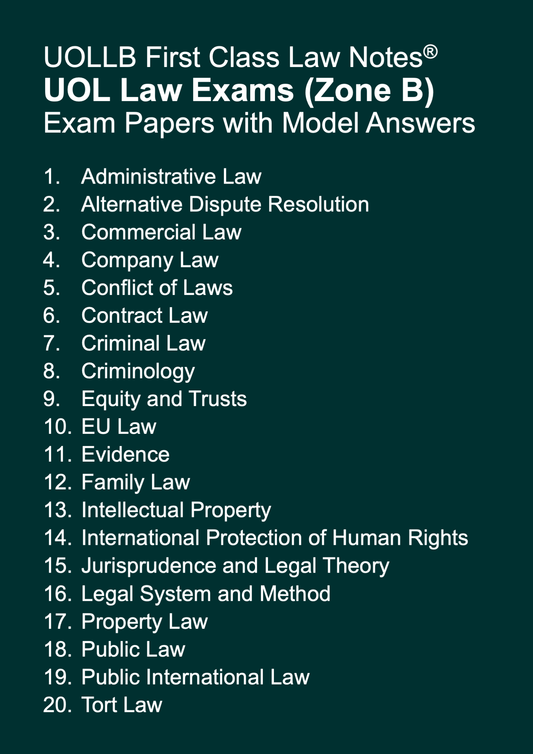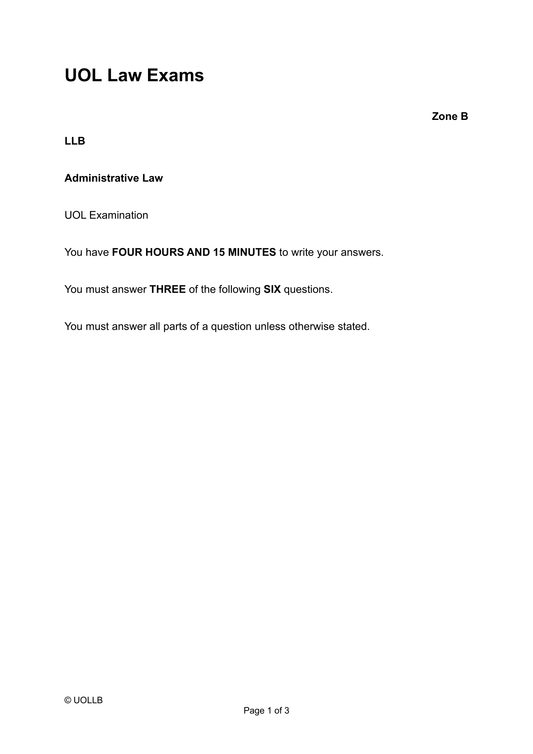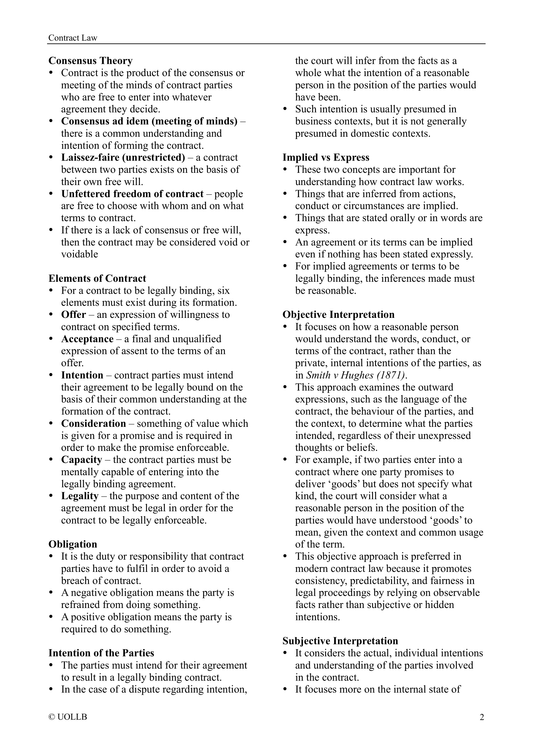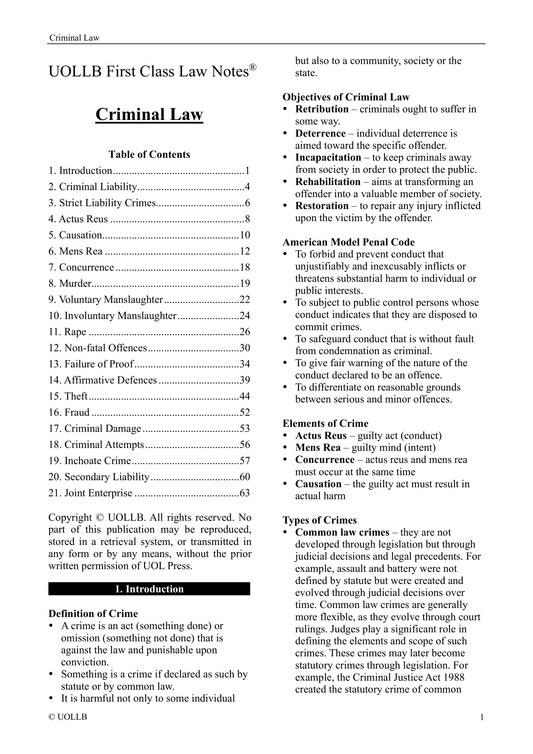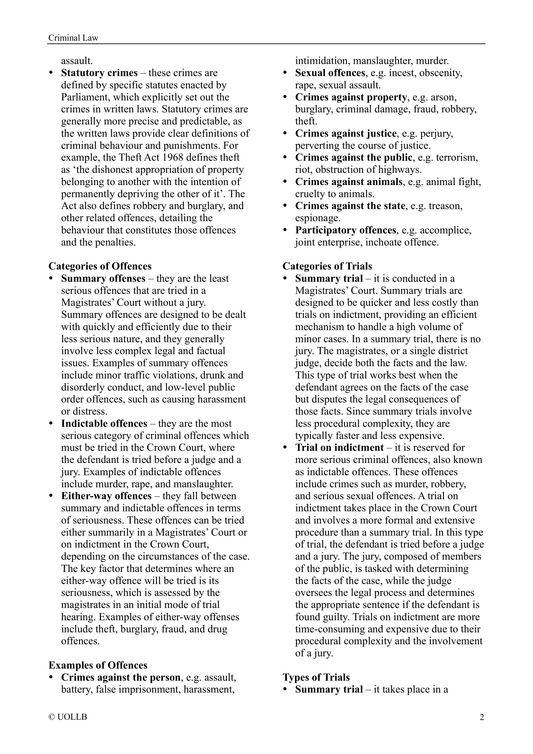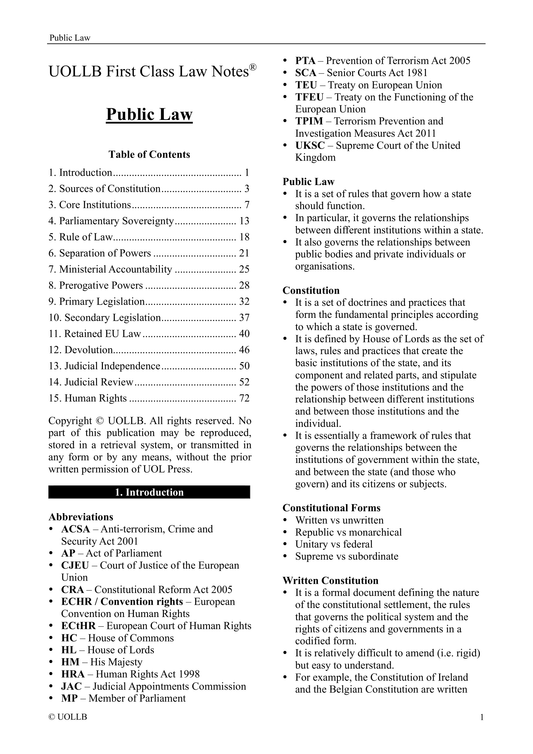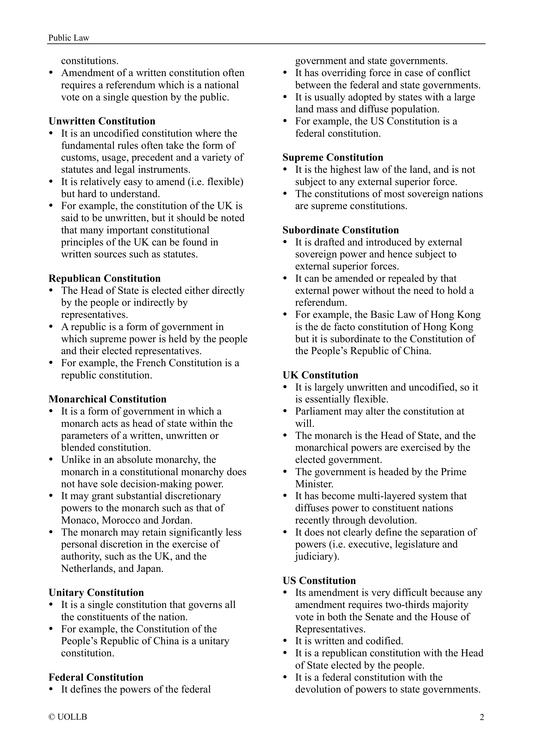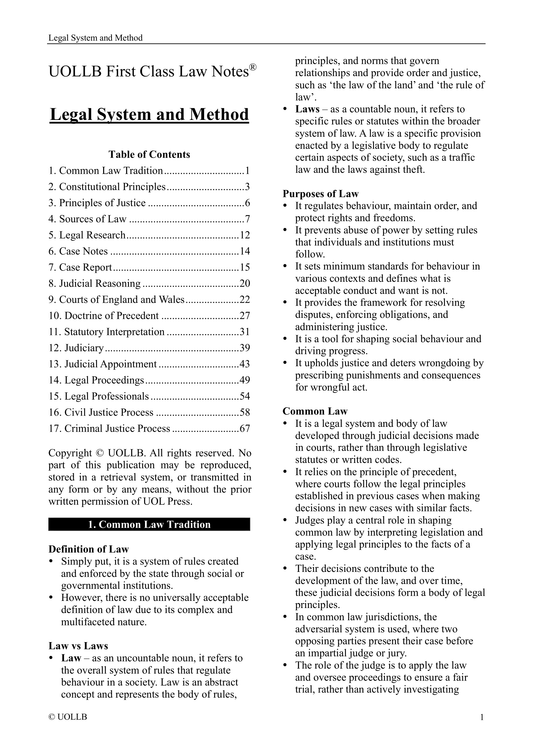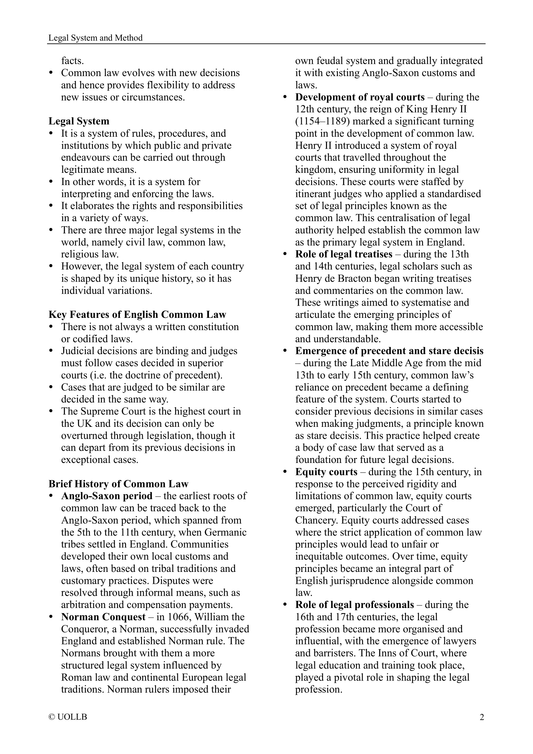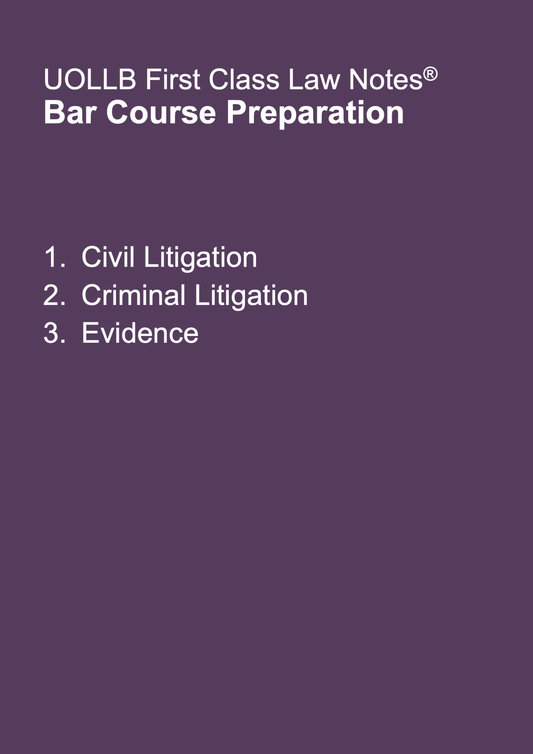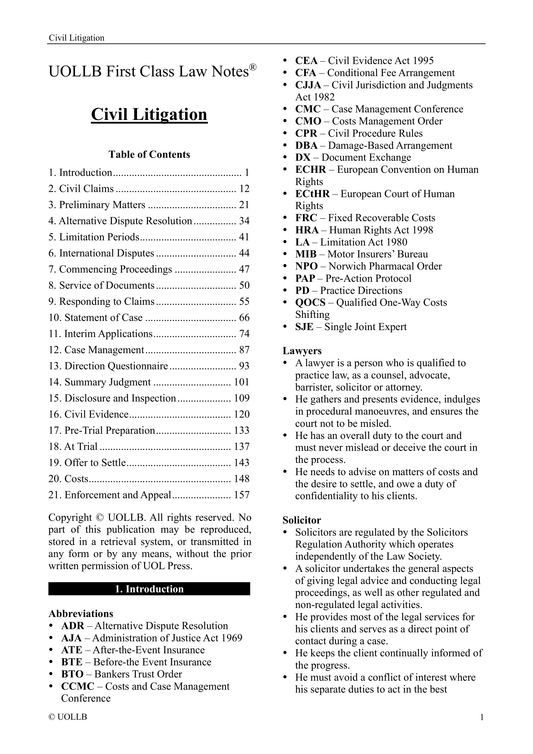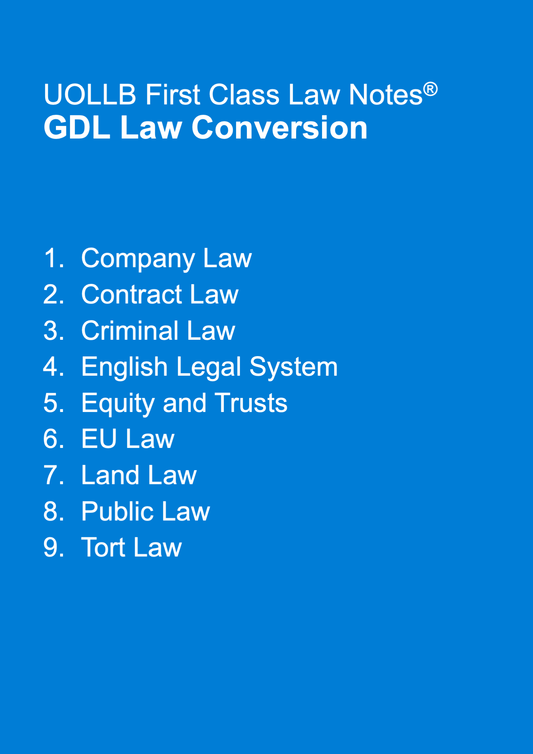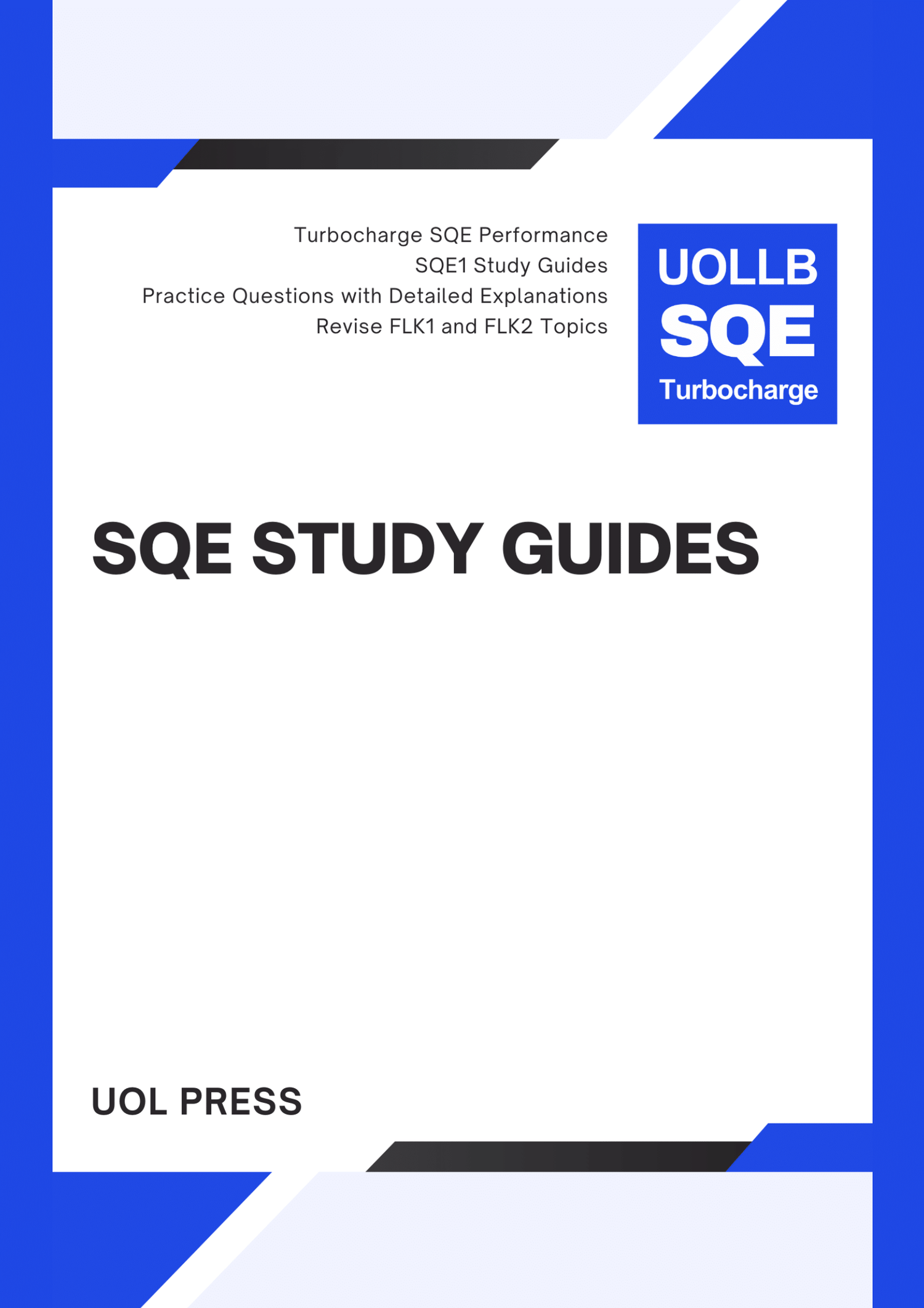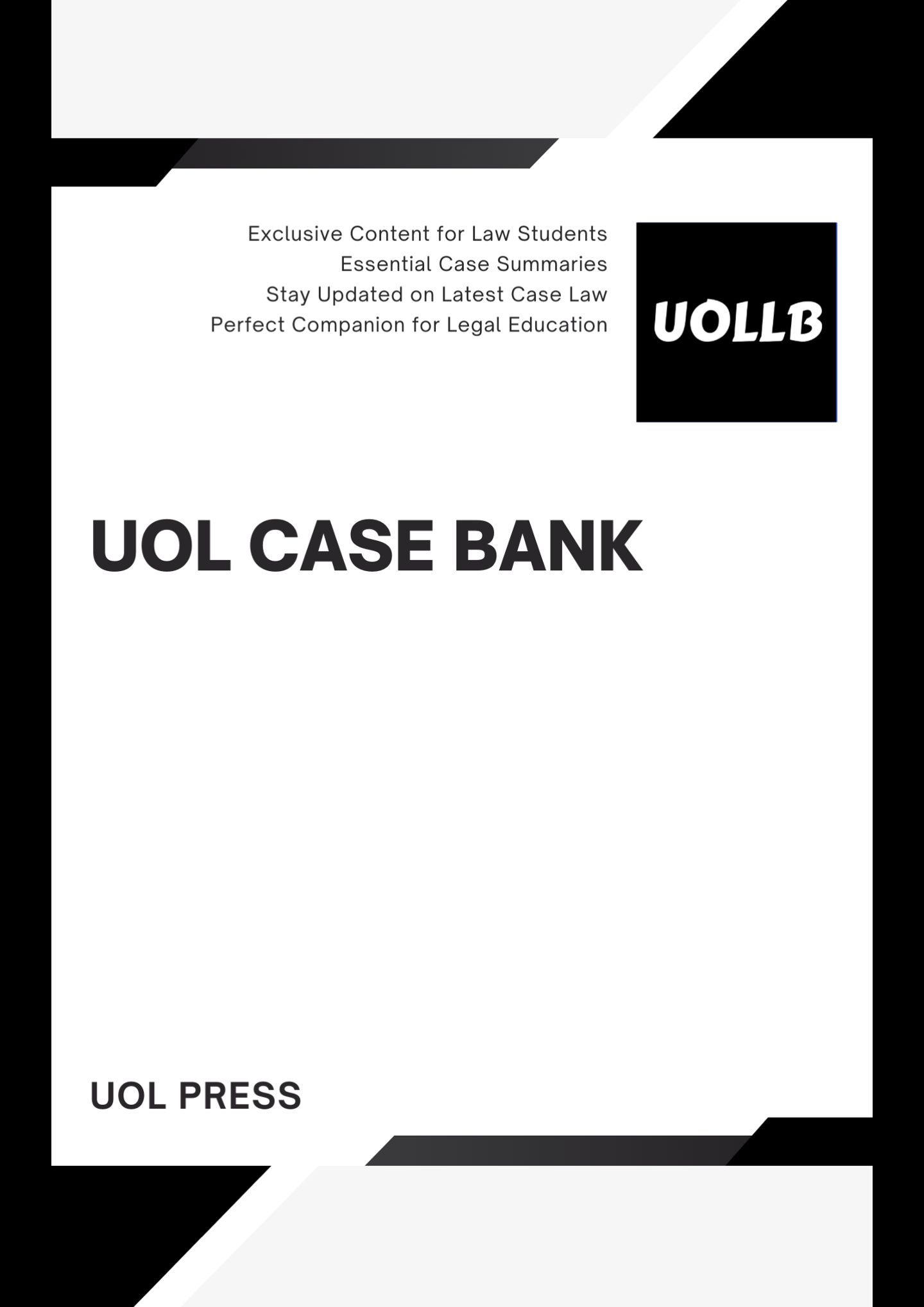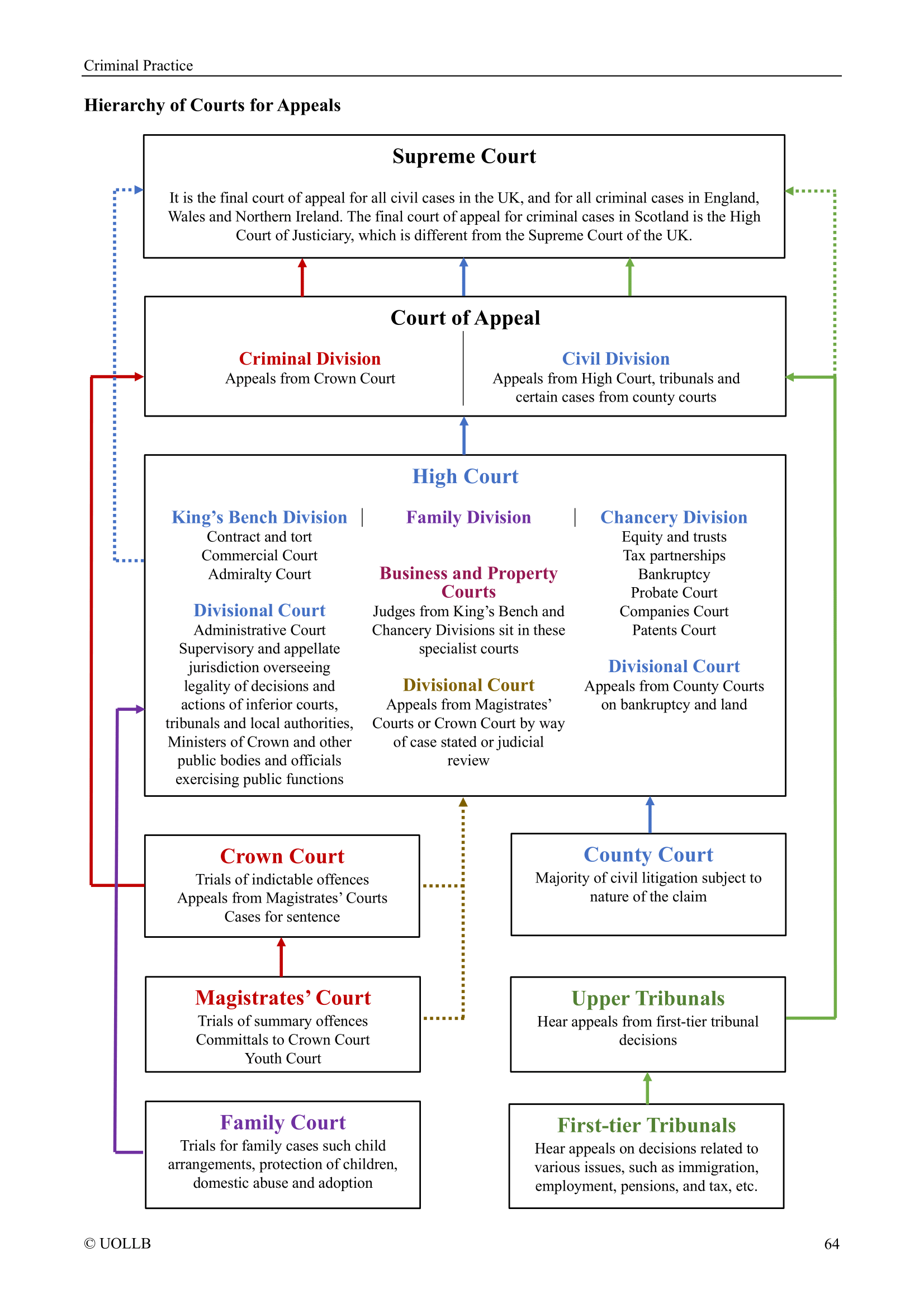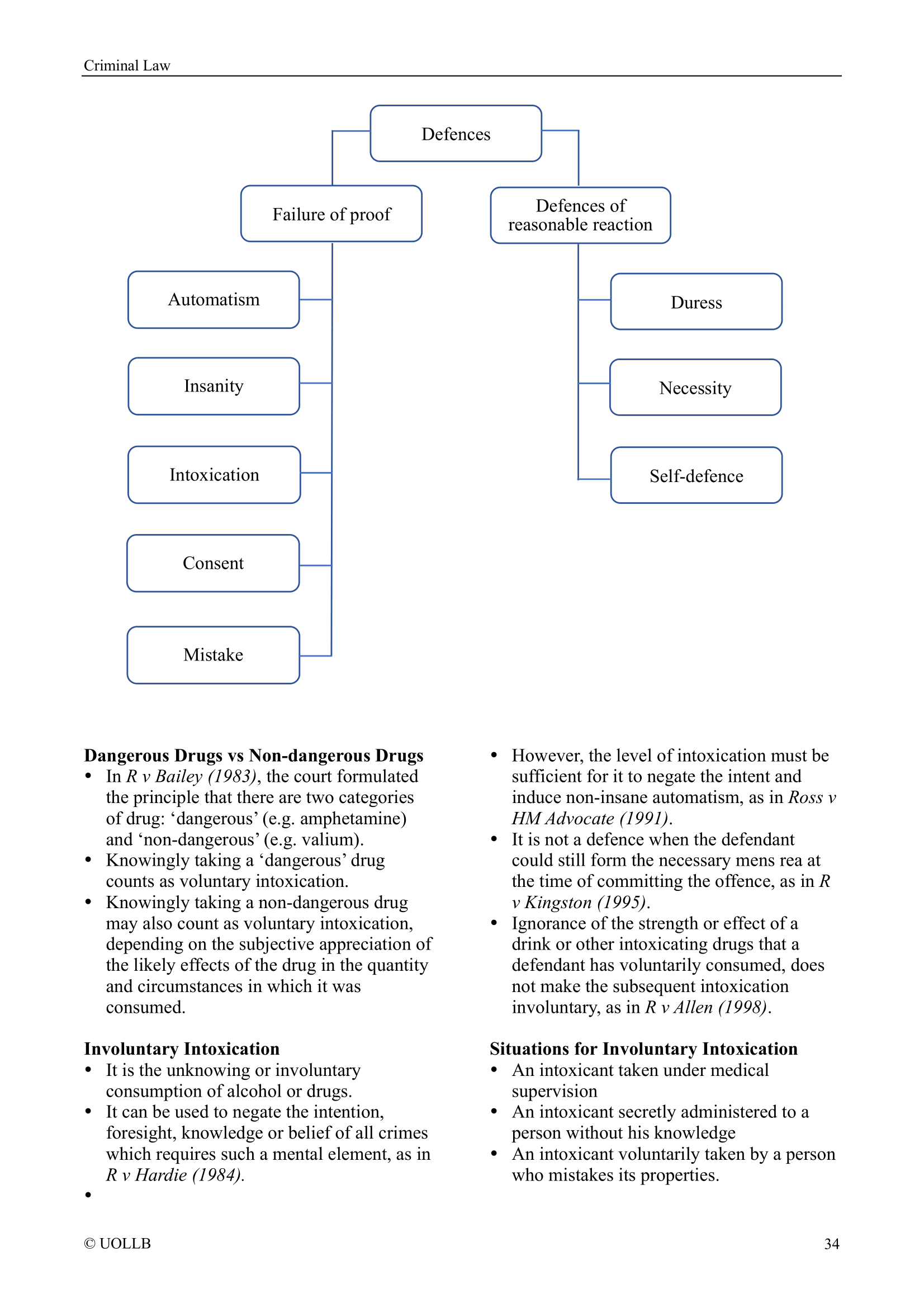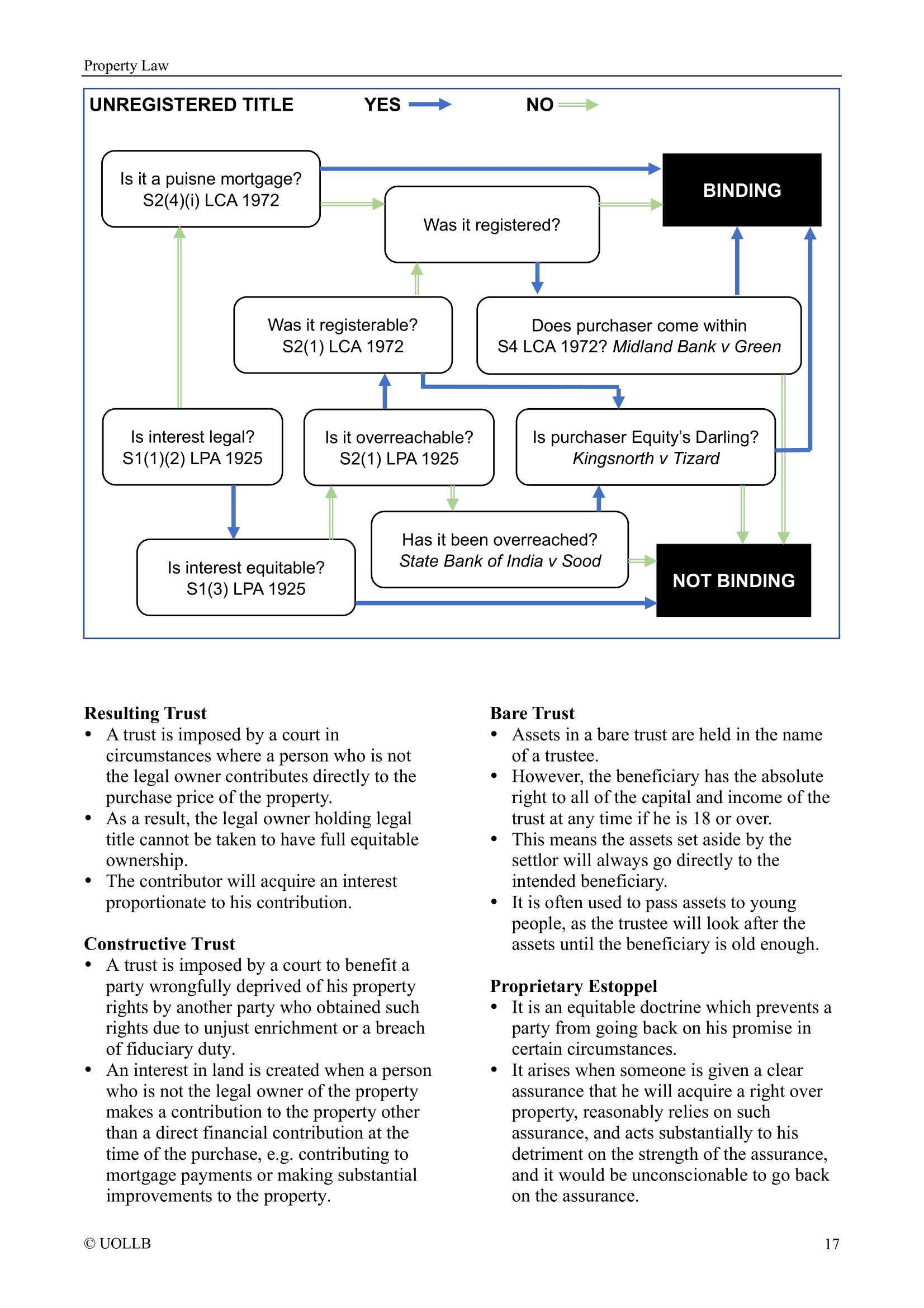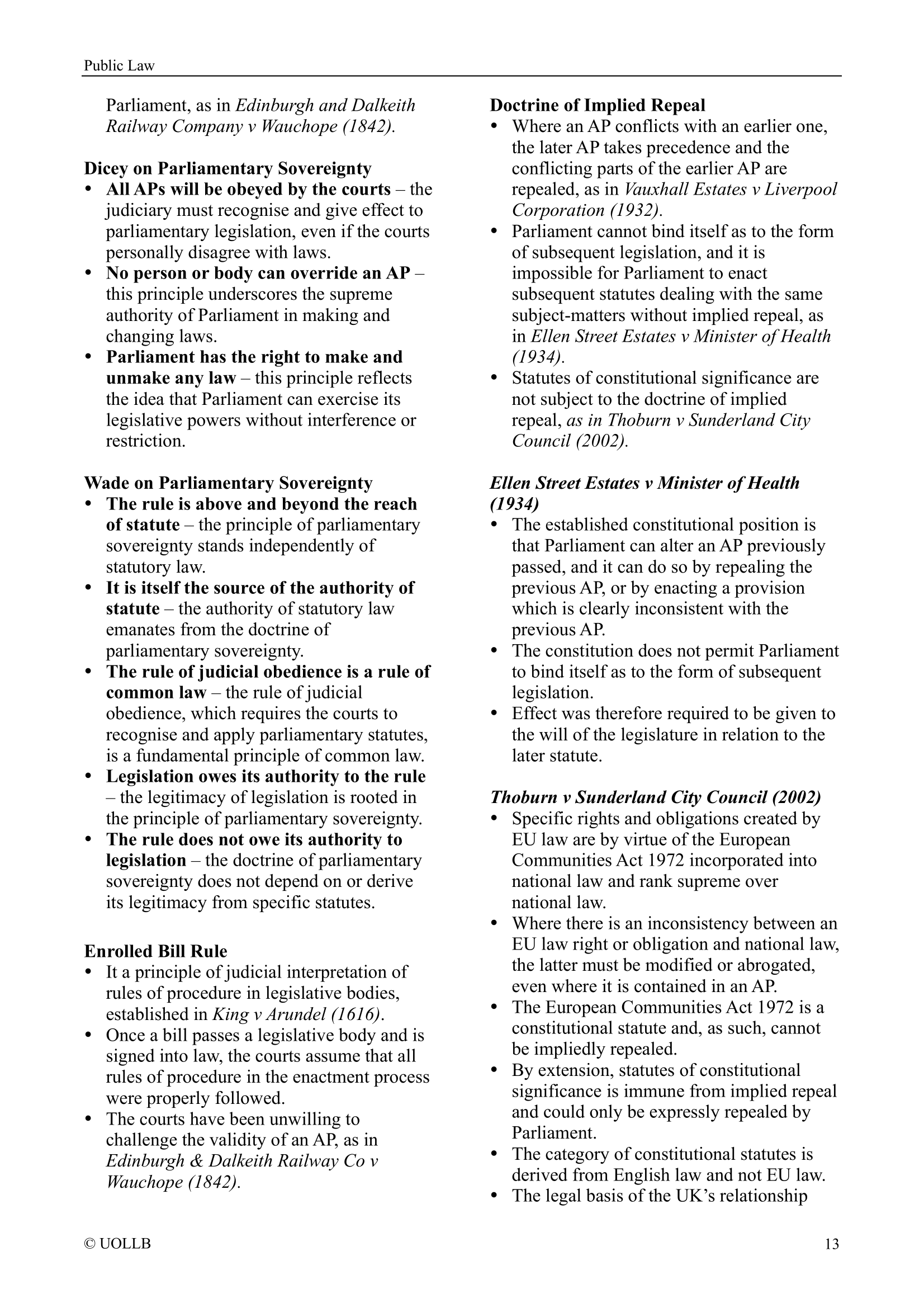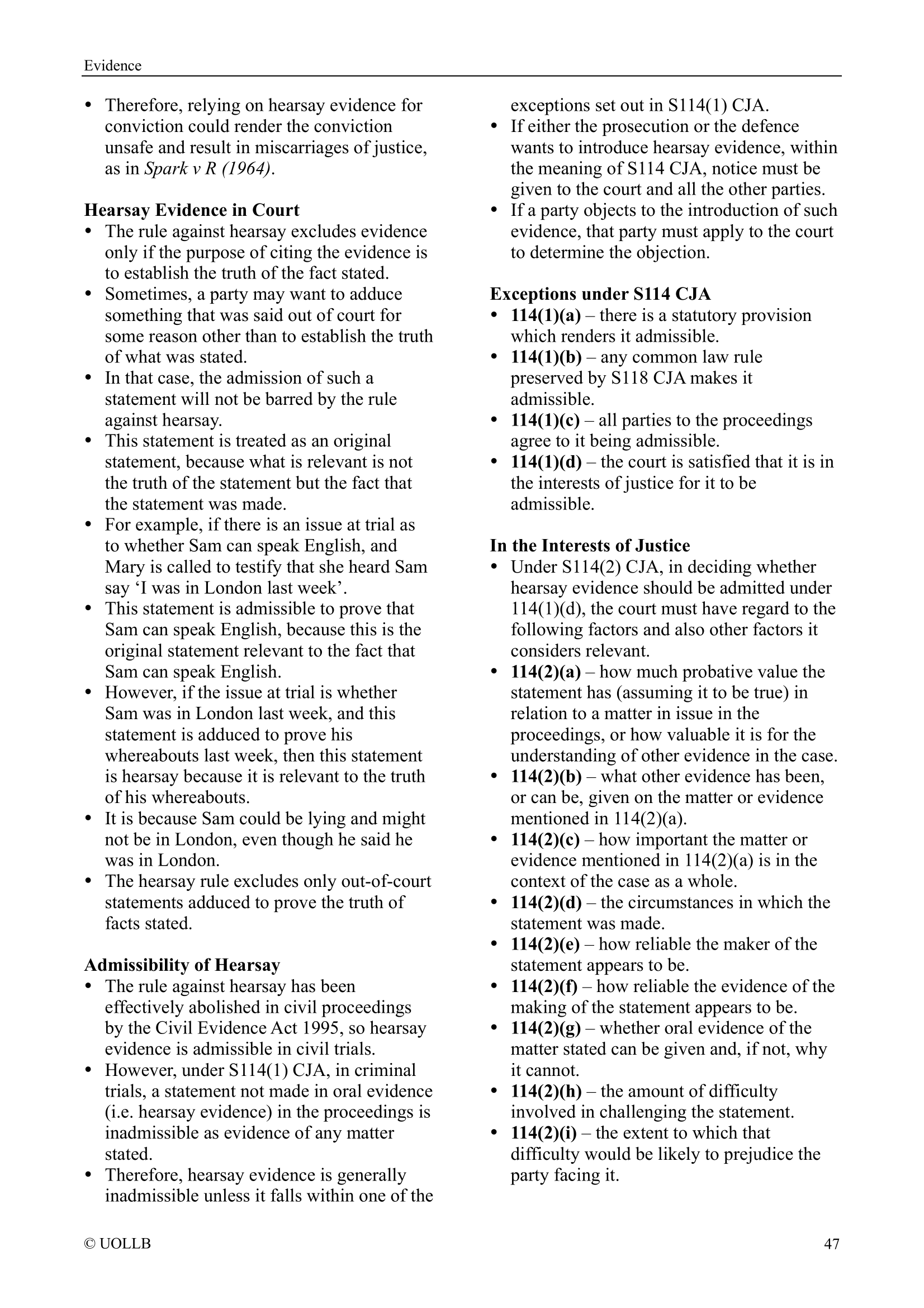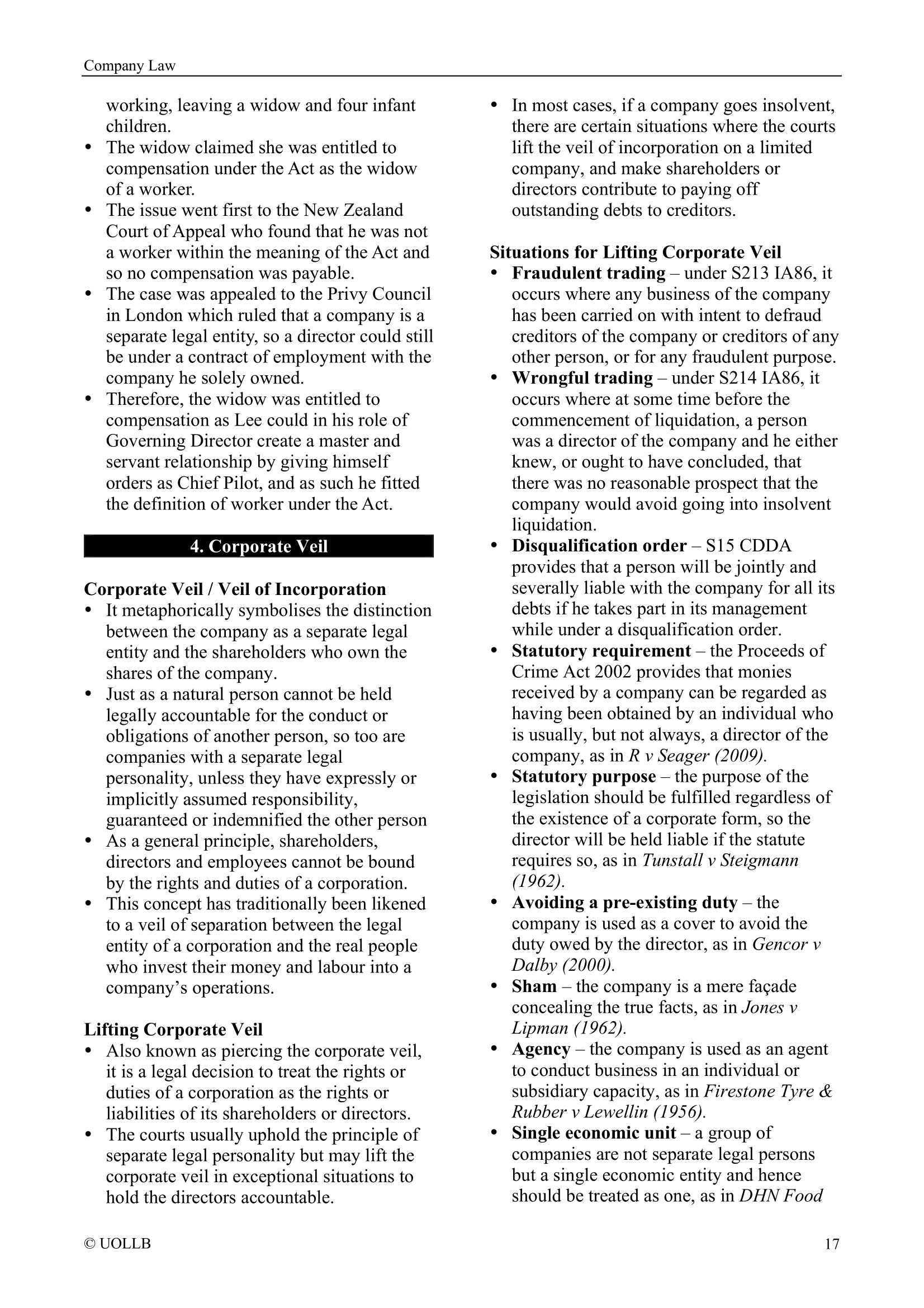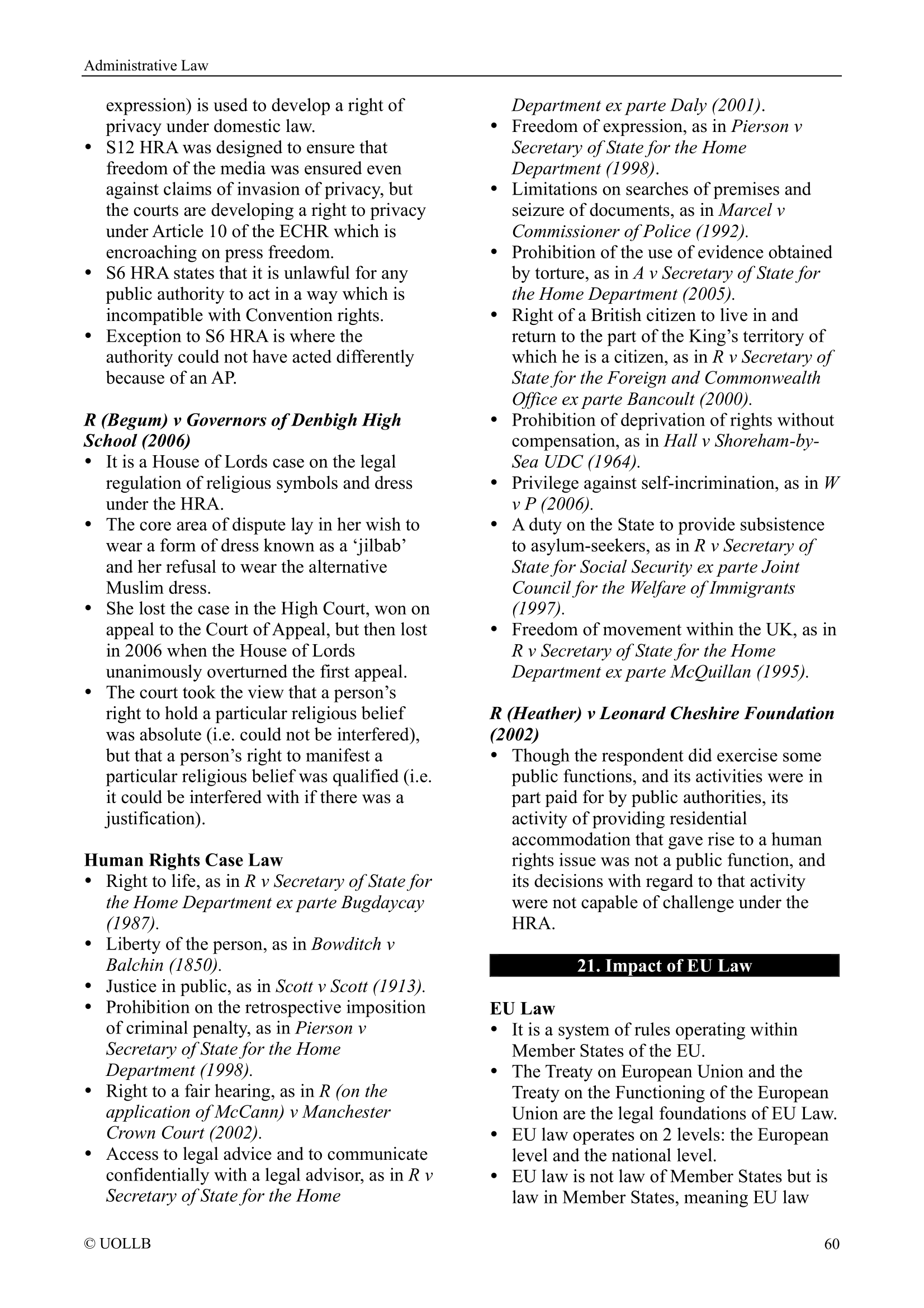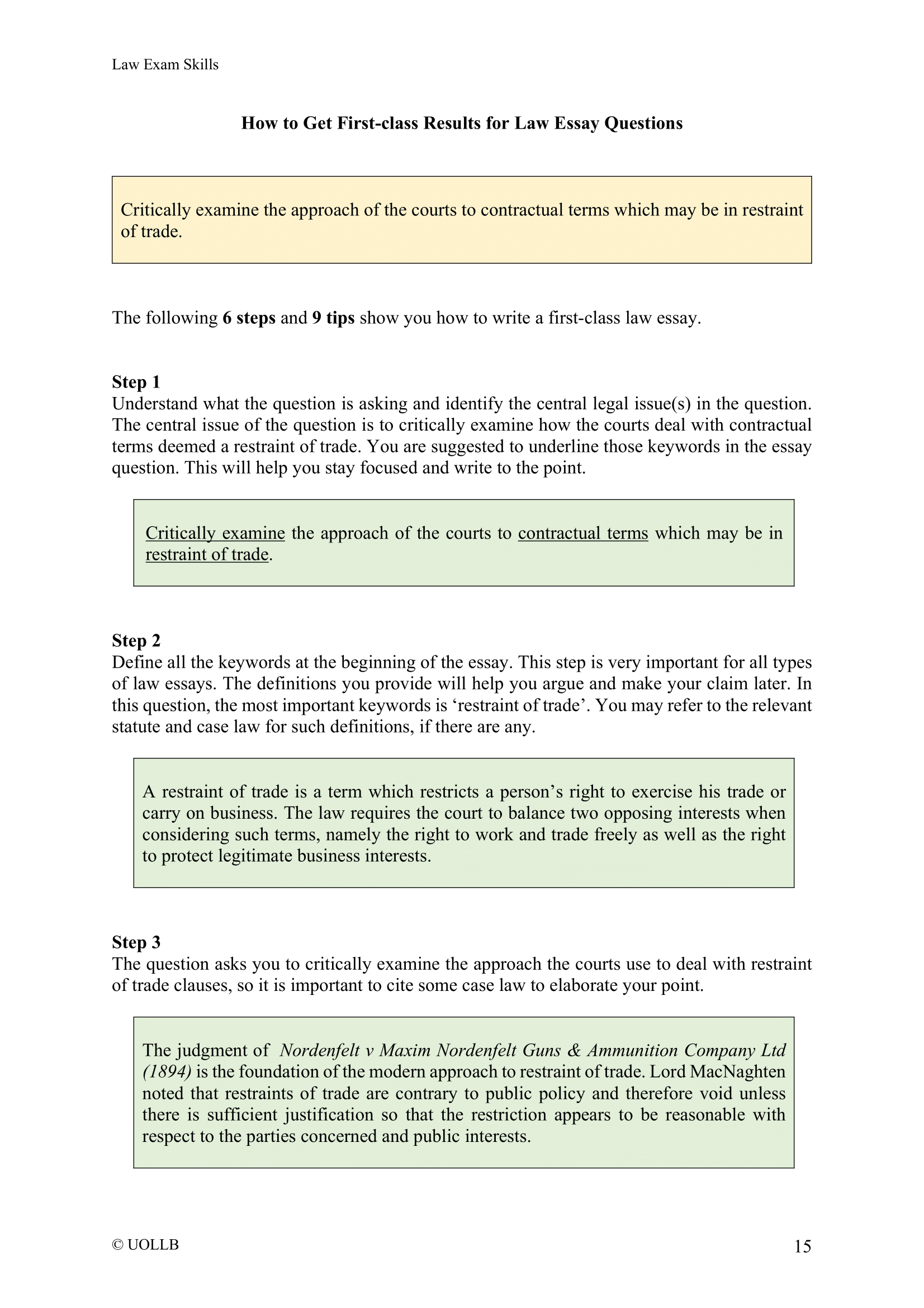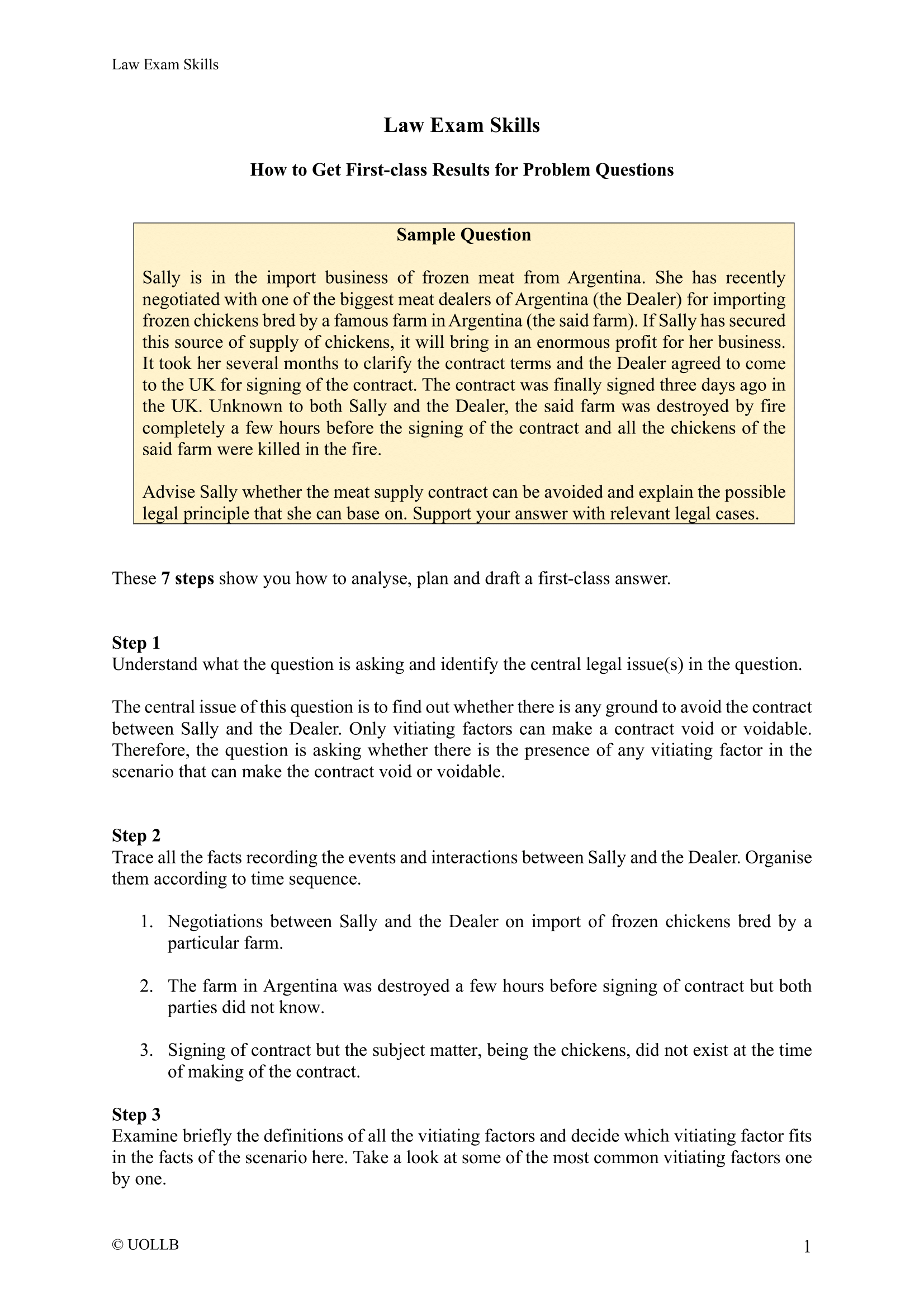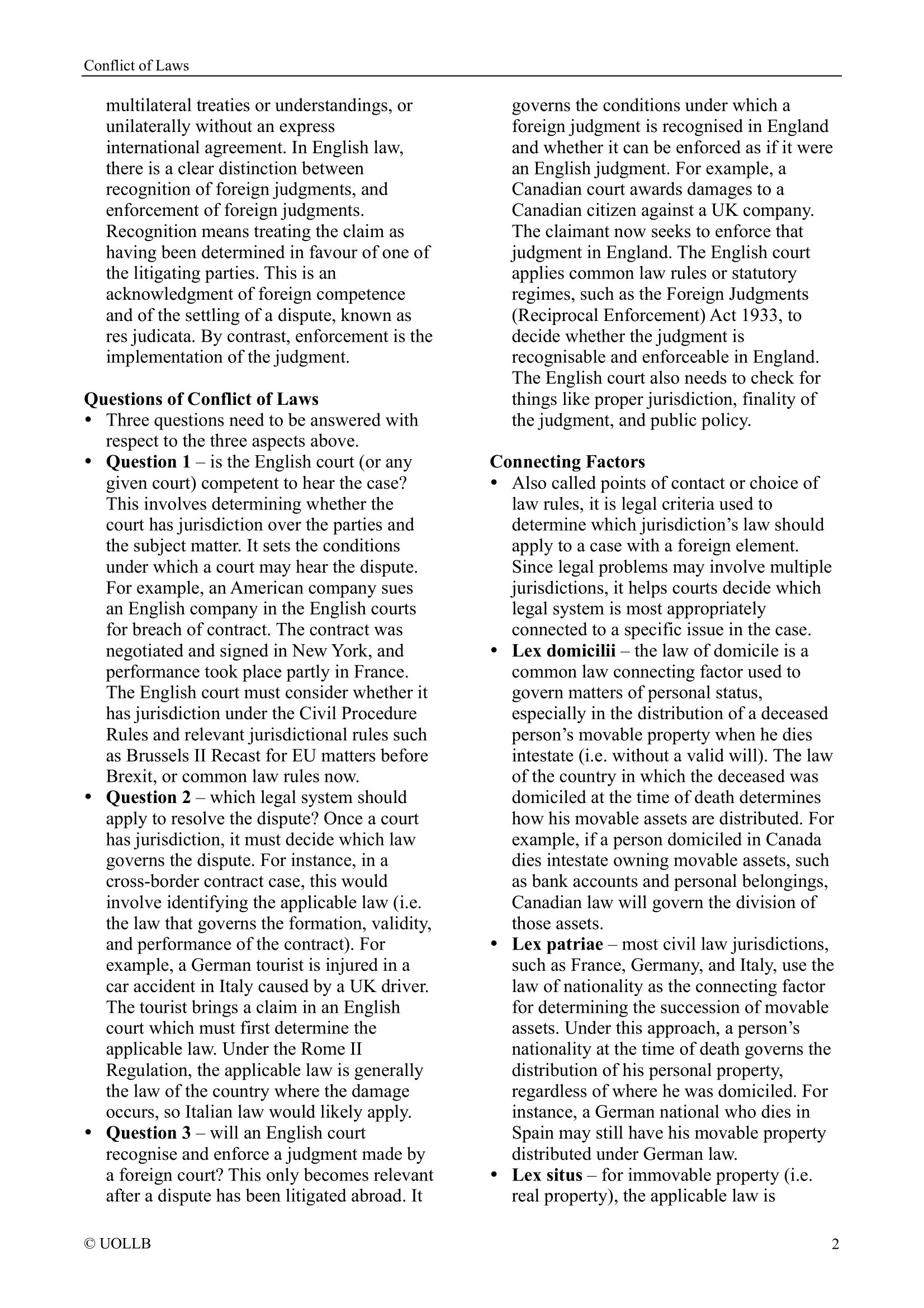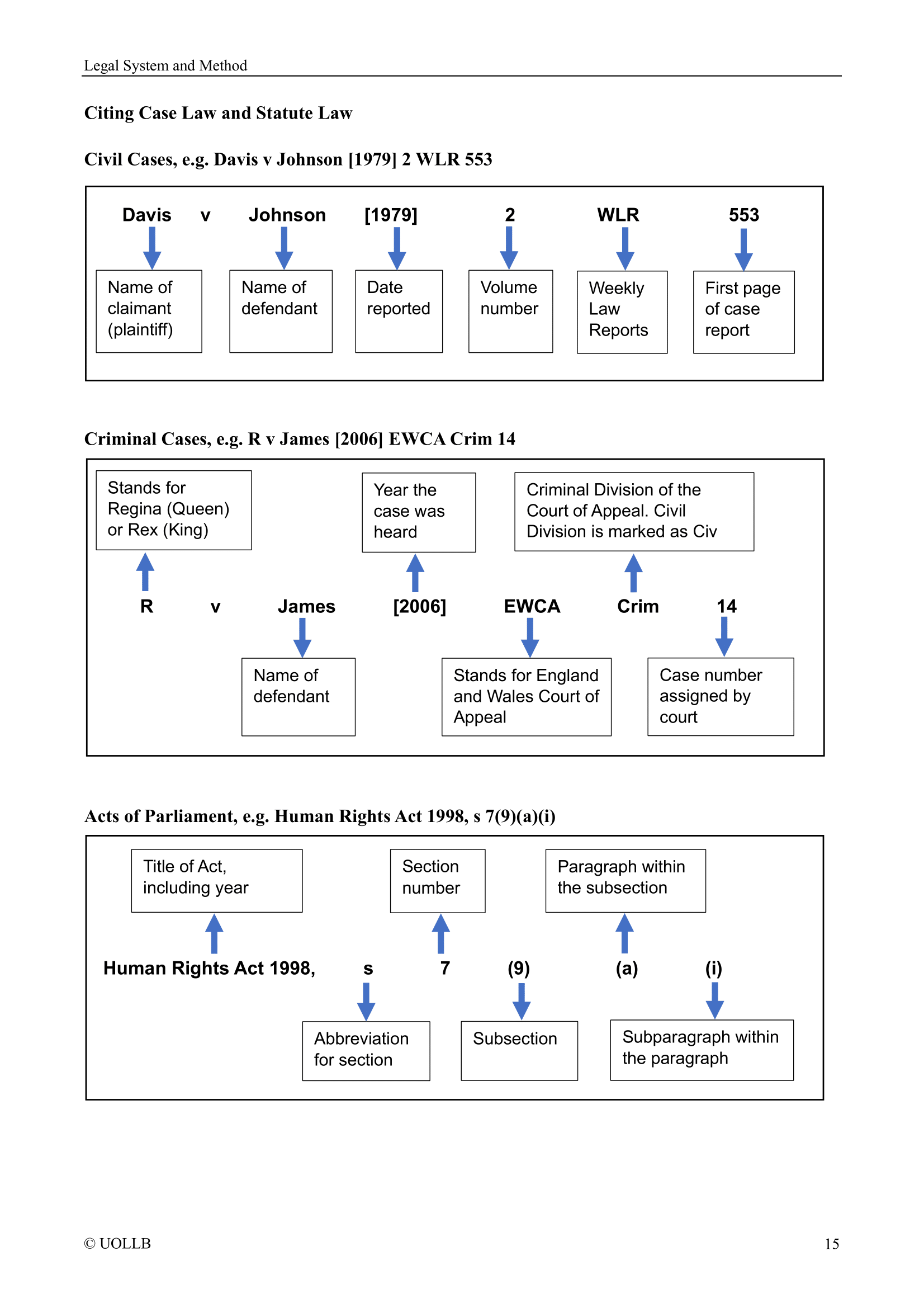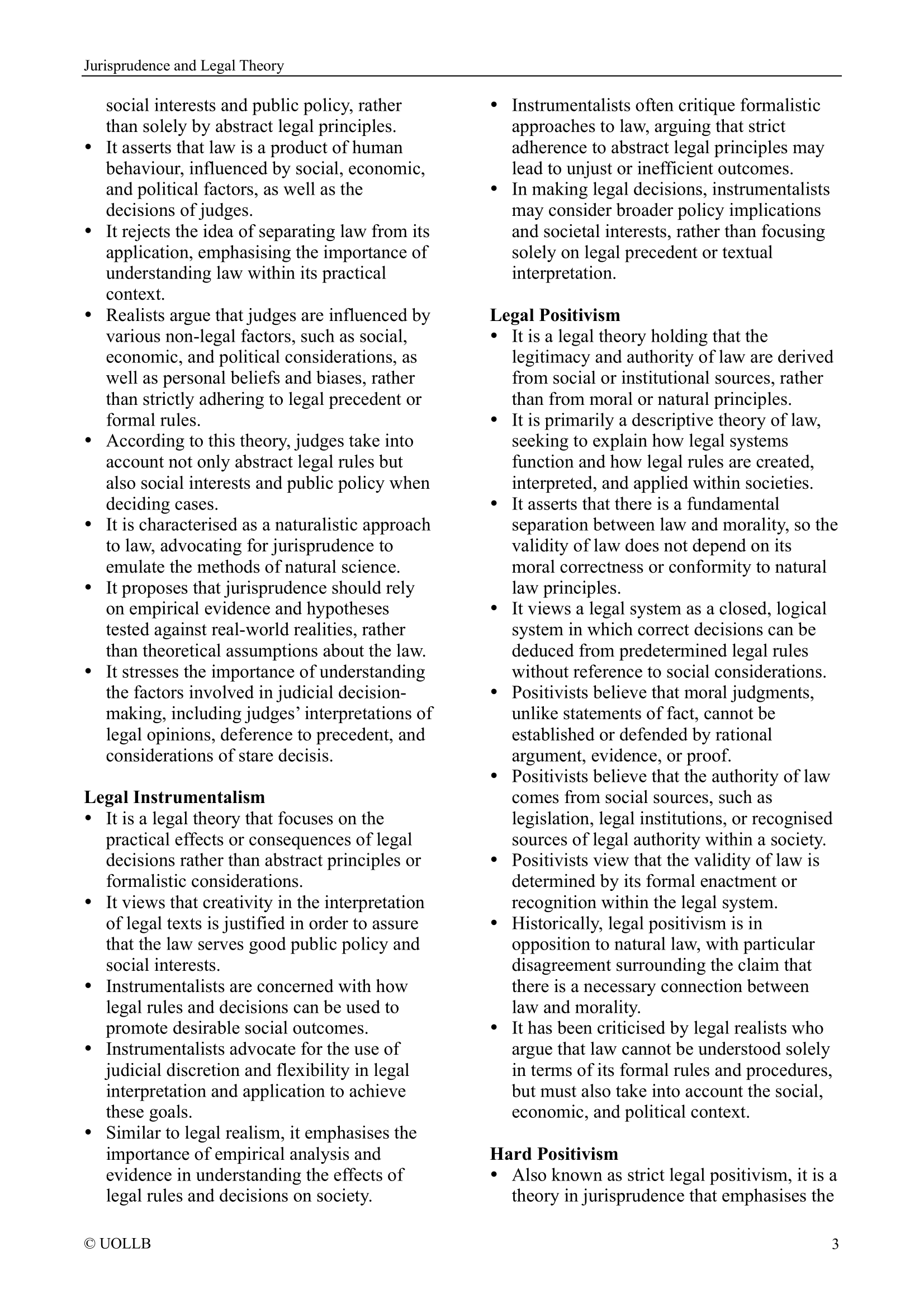Baker v Quantum Clothing Group [2011]
Share
Baker v Quantum Clothing Group Ltd and Others [2011] UKSC 17 dealt with the liability of employers in the Derbyshire and Nottingham knitting industry for hearing loss suffered by employees. Mrs Baker, a former employee, claimed noise-induced hearing loss due to exposure to noise levels of 85-90dB(A)lepd during her employment from 1971 to 1989. The central issue was whether employers were liable under common law negligence or Section 29(1) of the Factories Act 1961.
At first instance, the court held that the standard of safety under Section 29(1) did not add materially to the common law duty. The Court of Appeal, however, set a higher liability standard under Section 29(1) and found negligence arising earlier than determined initially.
The Supreme Court, by a majority, upheld the first instance decision. It clarified that the 1972 Code of Practice provided a legitimate standard for employers until the late 1980s. The Supreme Court rejected the Court of Appeal's view on the draft Directive and endorsed a two-year implementation period beyond 1988. Meridian and Pretty Polly were found potentially liable from 1985 due to their earlier awareness of risks.
Regarding Section 29(1), the Supreme Court held that noise-induced hearing loss fell under the Factories Act 1961, and liability was relative to the knowledge and standards of the time, not an absolute standard. The decision limits claims for noise exposure between 1978 and 1990.
This ruling provides clarity on employers' liability and standards of care, closing potential claims in the specified period. It emphasises reliance on established codes of practice and considers the evolving understanding of workplace safety over time.
